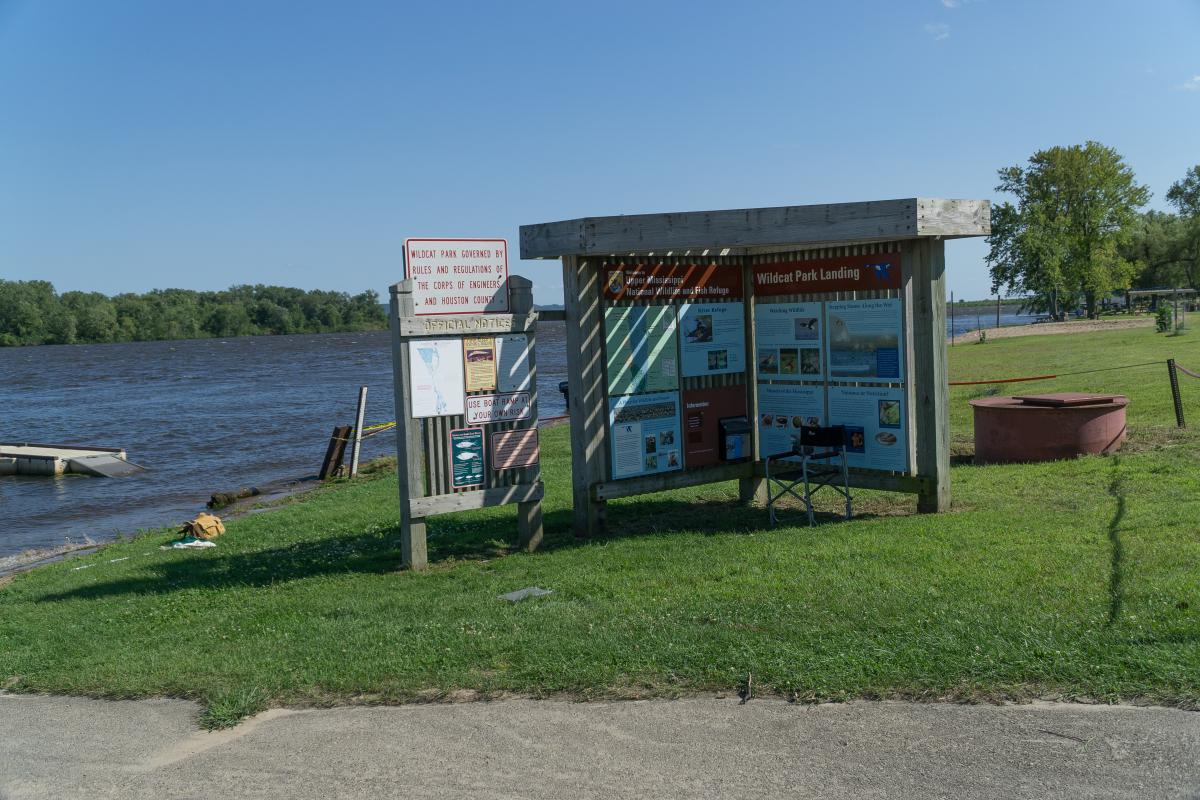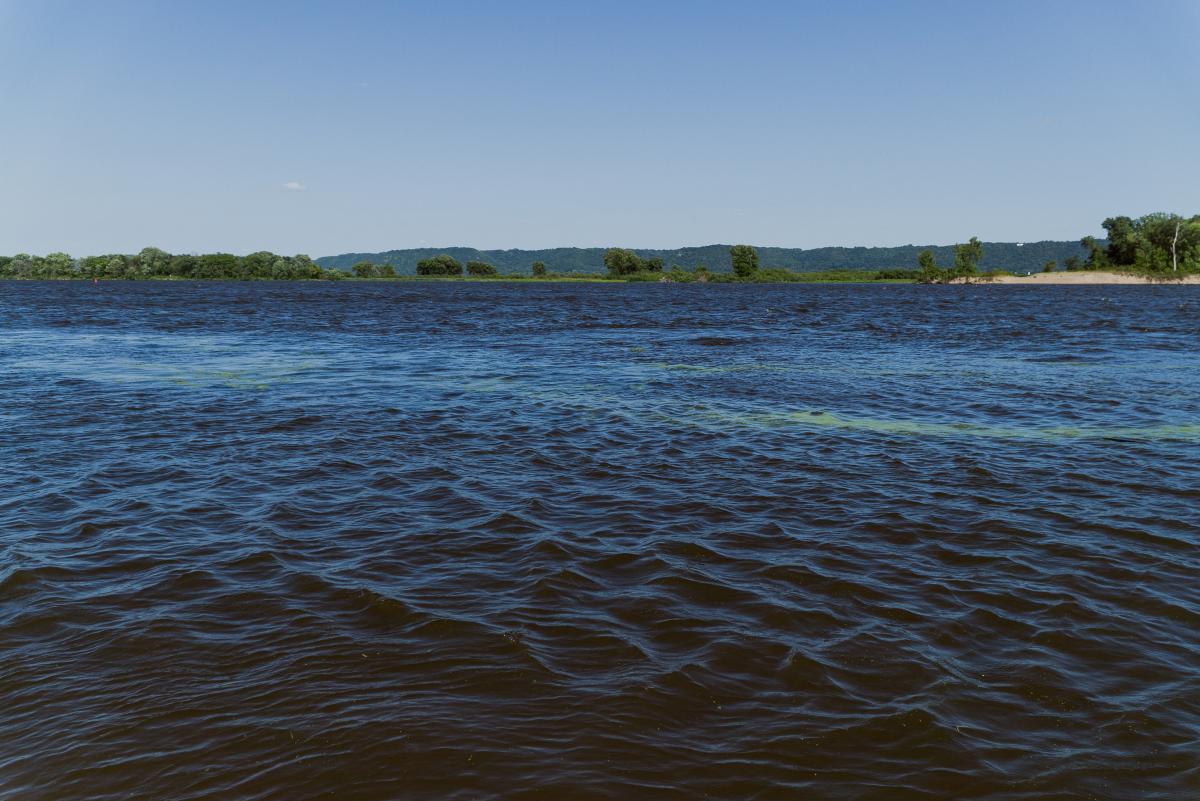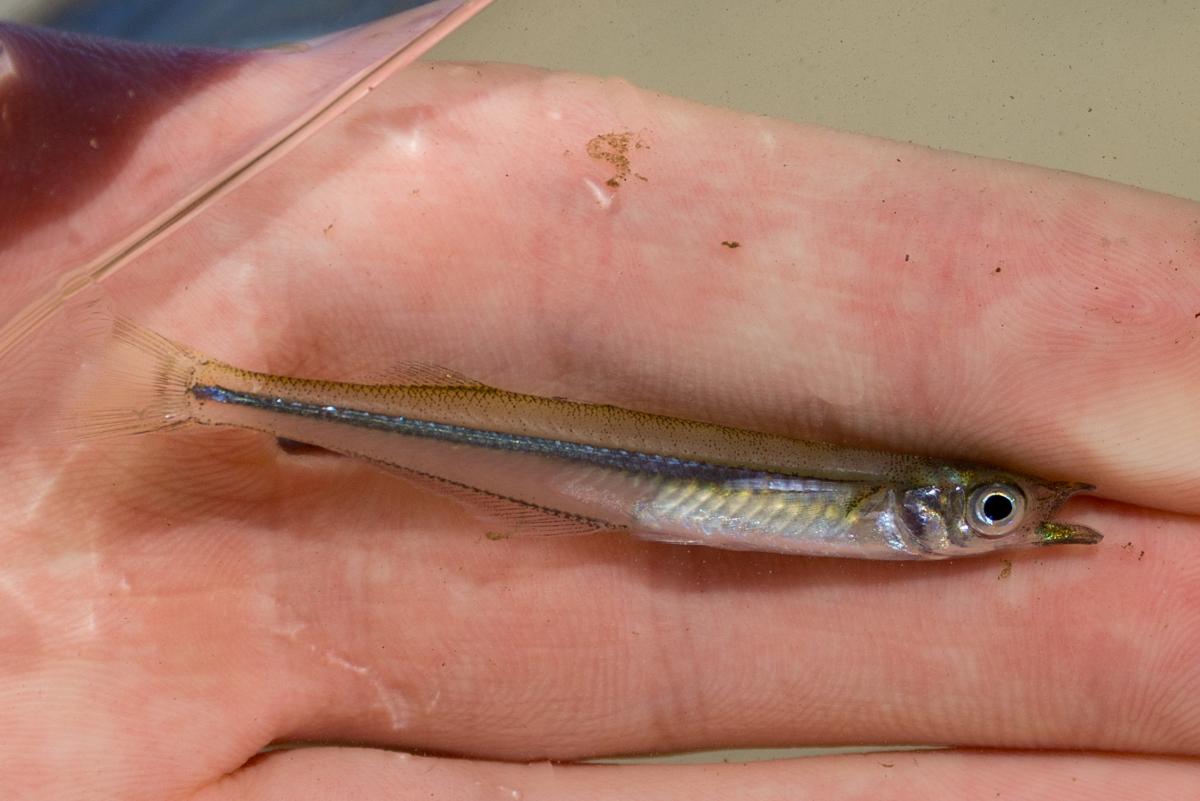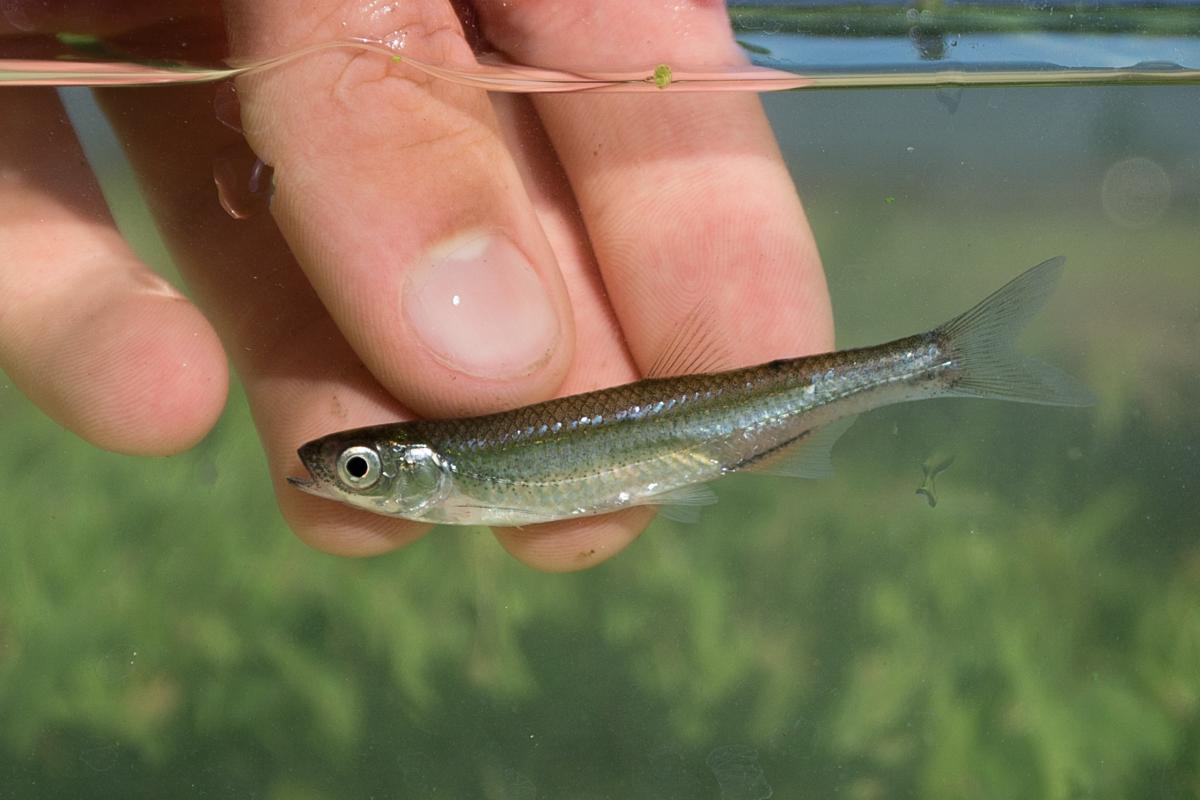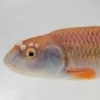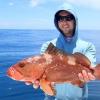Hey there everyone. I have never been very good about posting trip reports, but decided to test out my photo tank on a short outing I planned with Nick, an entomologist friend of mine.
After a drive filled with discussions of taxonomy of both bugs and fishes, we arrived at our first site, a scientific natural area where we hoped to observe some insects and herps, but the no-trespassing signs remained from the days before the state's recent acquisition of the land, so we decided not to chance it. We went on to the next site, which was more flooded than I had expected, leaving about three-hundred feet of shin deep water with an unknown depth of mud below it between the road and the site I had hoped to sample. So, we went to my backup location, one where I seem to regularly find interesting creatures in an odd place to find much of anything; a busy boat landing on the main channel of the big, muddy Mississippi.
We began dragging my 25 foot seine across the sandy flats and came up with a selection of minnows. Upon closer inspection, we had a few dozen Spotfin Shiners, having faded after summer flings. Fall is coming.
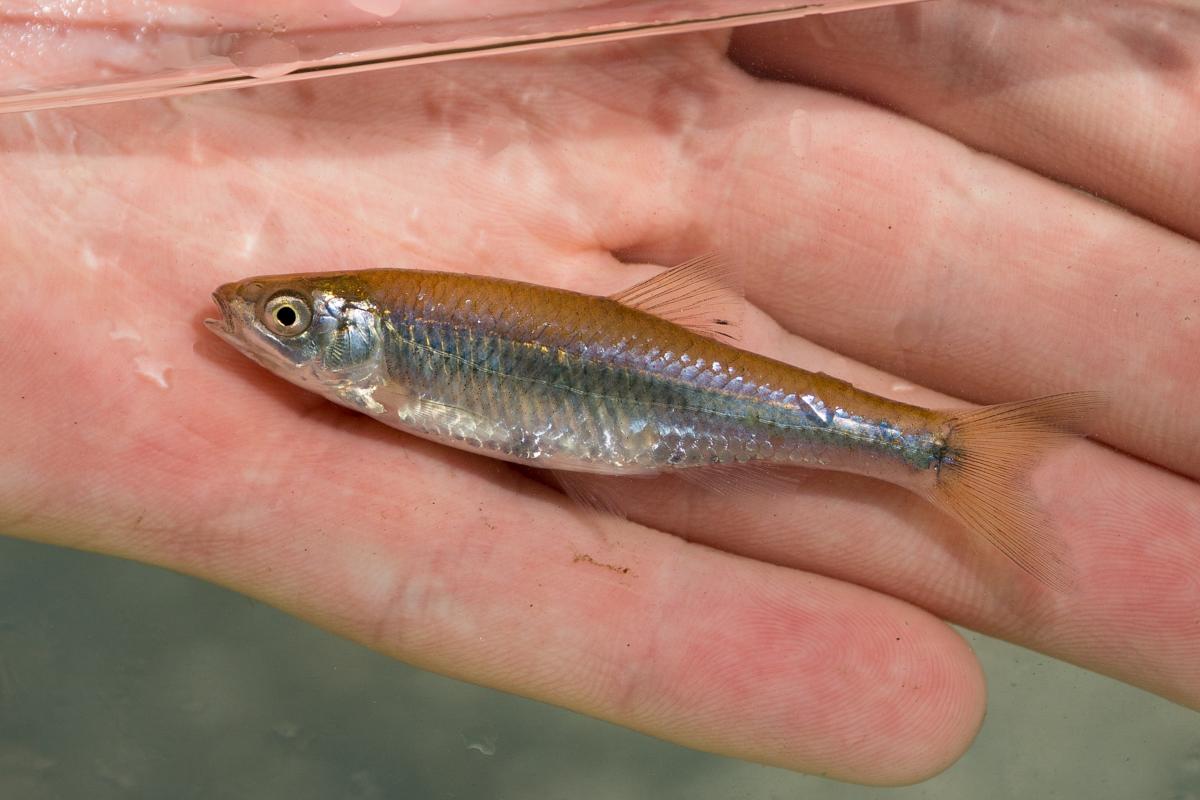
In the pile of silver, I noticed some red iridescent lines. This is a telltale sign of the uncommon River Shiner.
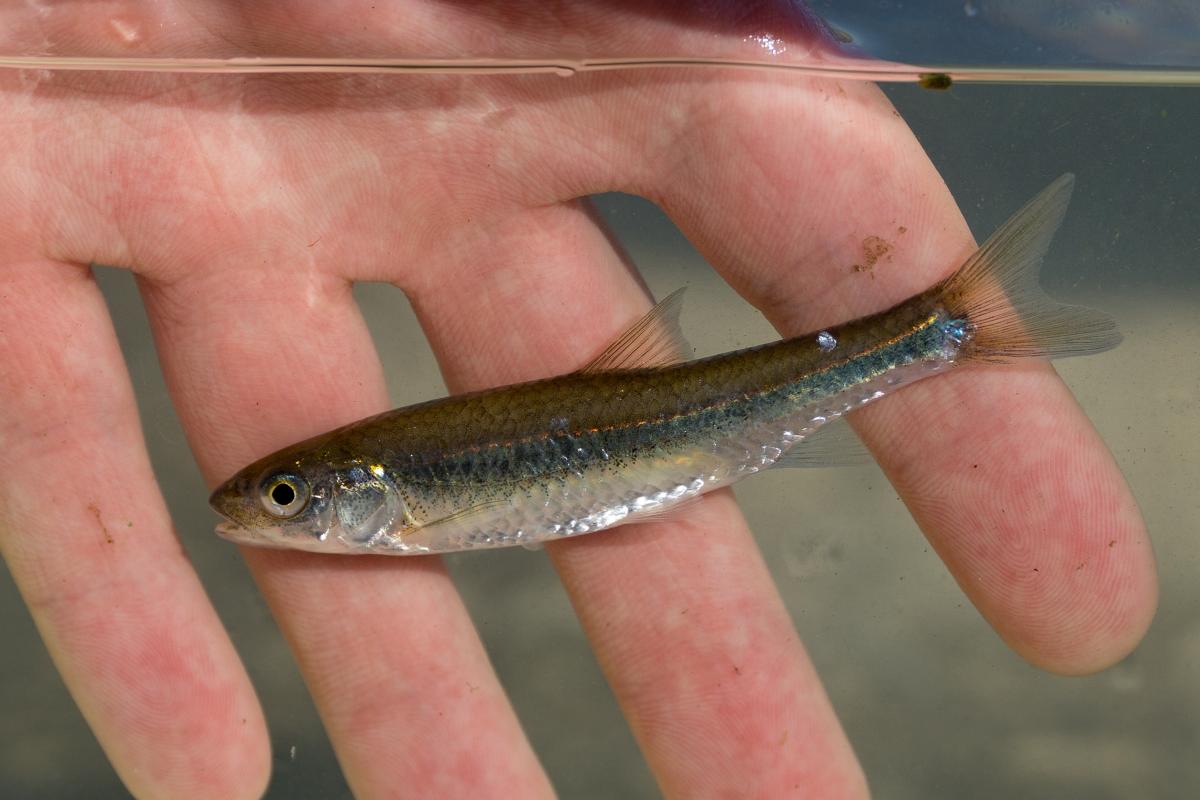
And finally, the staple of all shallow water in this region, Brook Silversides turned out in droves. They were surprisingly hardy, this fish being released alive after several minutes of handling.
In the next sweep, this time across the concrete ramp where the water flowed with the full force of the great river, we felt something larger in the net. As we retrieved the net, I was first drawn to this large carpsucker which appears to be a Quillback.

Then, out of the corner of my eye, I saw a longer, narrower vacuum mouthed creature. I rushed over and picked up one of my favorite species in disbelief. Northern Hogsuckers are a very rare find in the main stem of the Mississippi.

After looking past the larger, more attention grabbing fish I noticed a few new silver slivers. A dark black lateral line signified the presence of Weed Shiners, an underappreciated little Notropis.
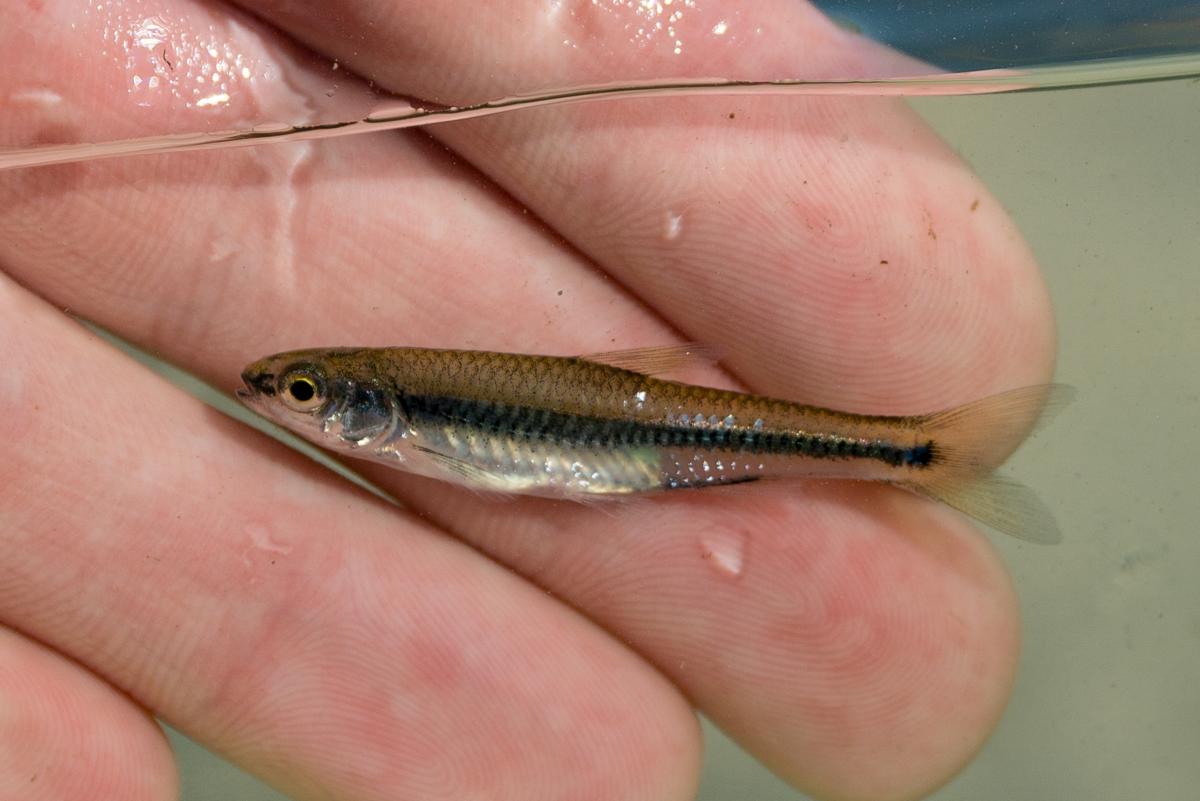
Then, a caudal spot pressed through the platinum mass; a Spottail Shiner.
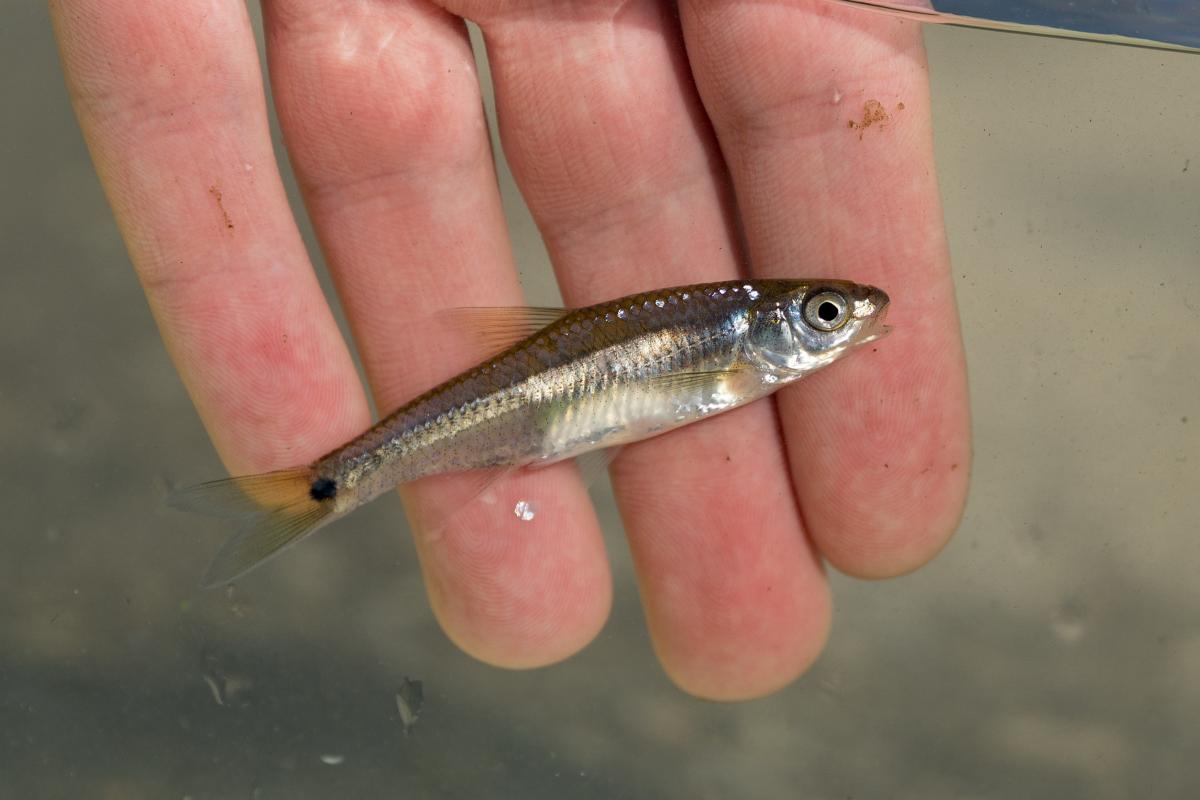
I thought I had found another Spottail, but black on the dorsal and a more rounded face revealed another Mississippi regular, the Bullhead Minnow.

After pulling a couple handfuls of glimmering fishes out of the net, a Logperch's tiger stripes caught my eye.
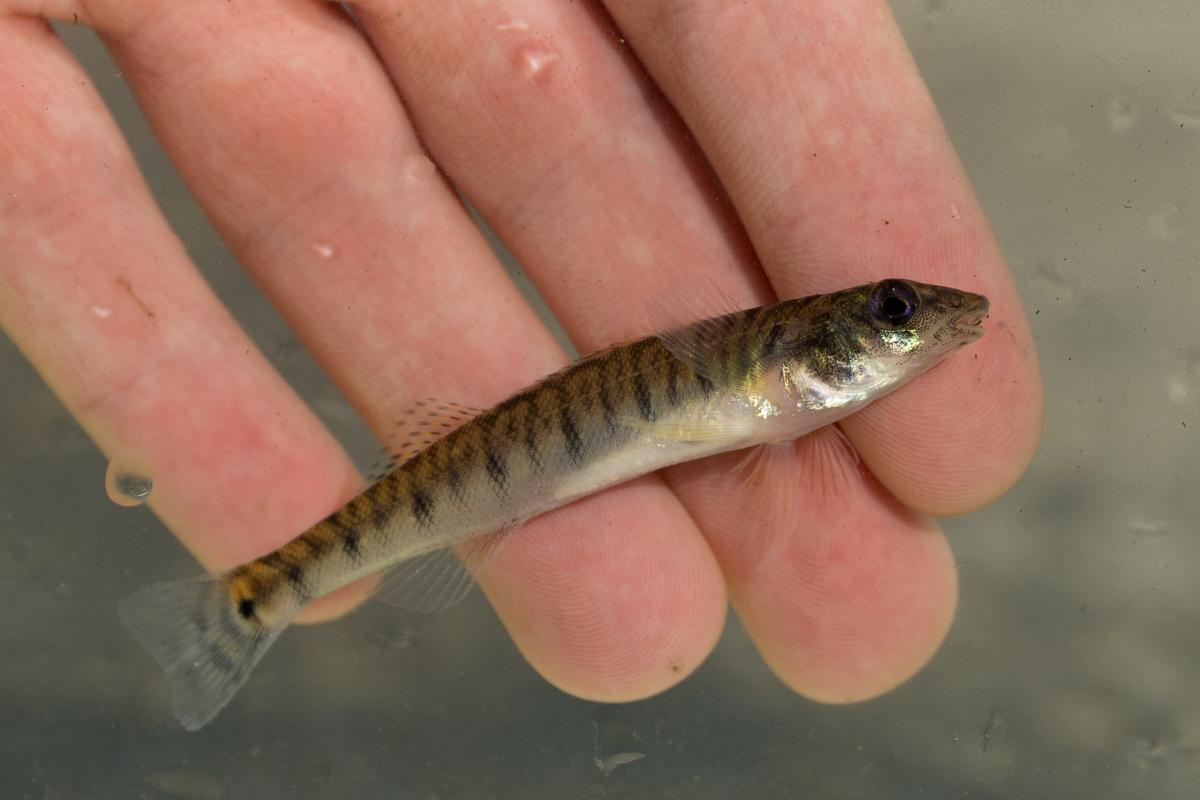
We decided to set down the seine for a while so we could each turn to our personal nets; mine a Perfect Dipnet, his a sweeping net. We worked as an amphibious team, his sampling centering on the Sandbar Willow and Arrowhead, mine on the Vallisneria and overhanging edges. A Tadpole Madtom emerged from the shadows, avoiding the bright light of the midday August sun.
Surprisingly late in the sampling, the first Centrarchid emerged from a lush underwater forest. It was none other than the bane of my existence, the Bluegill.
One last run with the seine revealed three more species. Another sucker, this time a Golden Redhorse.
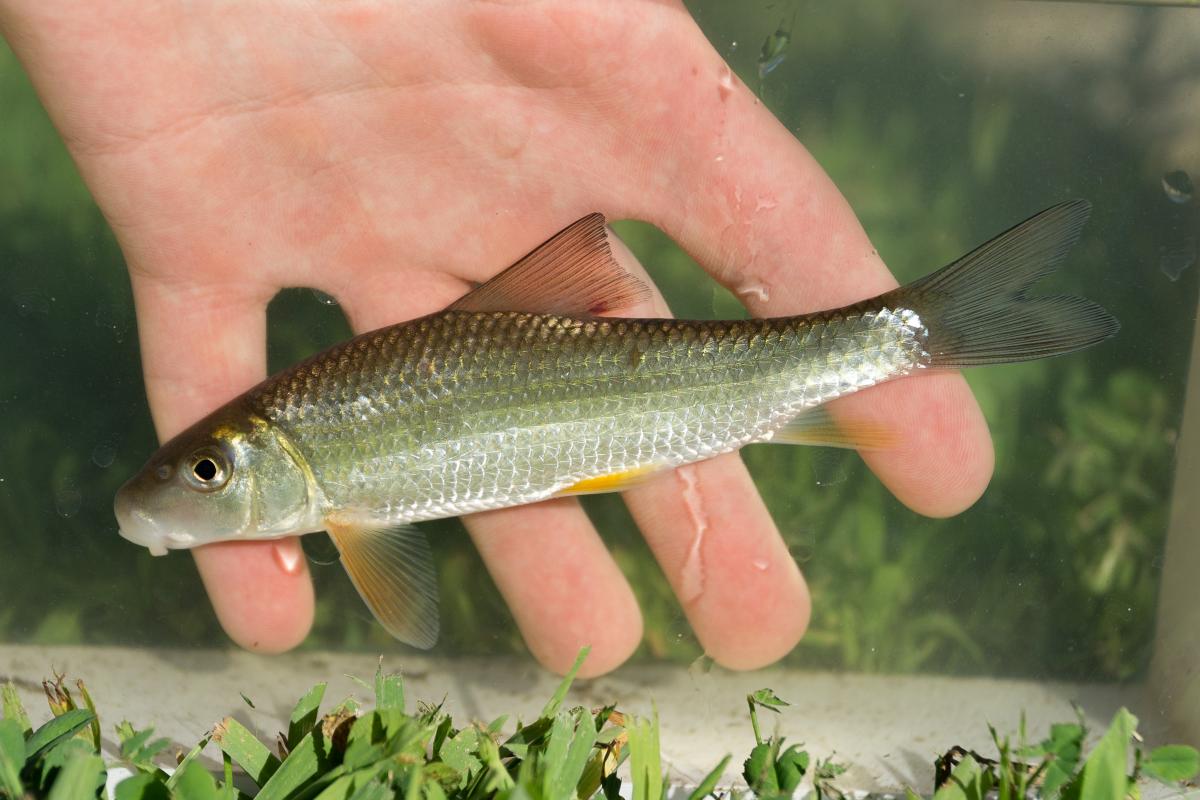
A tail that drew to mind the colors of fall gave away this young and fat Smallmouth Bass.

The last species to add to the list is one I could never quite ascertain the origin of the name until I placed this one in a photo tank. The Emerald Shiner is true to its name when it reflects light through water.
Fourteen species is quite impressive for this location, and I left excited to have found such a selection all the while teaching another scientifically minded person about my interests and learning about the numerous species of Sarcophaga and other flies zipping past our heads. Biologists of all kinds should get out into the field together more often. Crossing disciplines is one of my favorite activities and inspires me to think of my own field of study in a different way. I now understand why you can almost hear the giddy in Michael's voice every time he types out the word "bioblitz."


